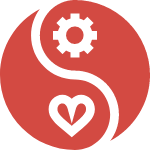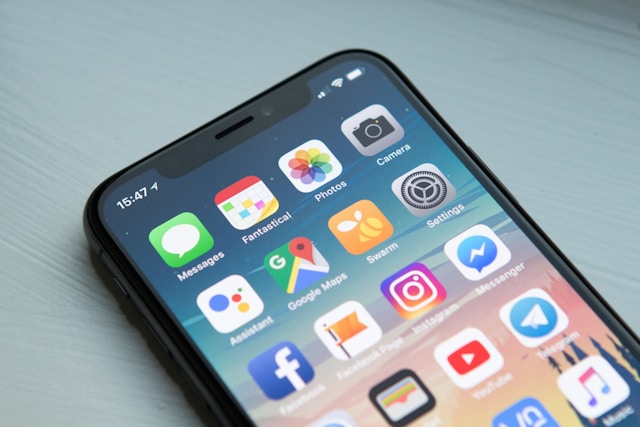 The body needs carbohydrates for the glucose they provide for fuel, especially to the brain. Our brain needs sugar to work and the body has a sophisticated regulatory system designed to keep blood sugars in a narrow window where the body operates optimally
The body needs carbohydrates for the glucose they provide for fuel, especially to the brain. Our brain needs sugar to work and the body has a sophisticated regulatory system designed to keep blood sugars in a narrow window where the body operates optimally
The glycemic index (GI) is a NUMERICAL system from 0 to 100 that rates how fast carbohydrate foods break down into glucose and enter the blood stream.
High: 70 and up. include instant white rice, brown rice, plain white bread, white skinless baked potato, boiled red potatoes with skin and watermelon.
Medium: 56 to 69. Examples include sweet corn, bananas, raw pineapple, raisins and certain types of ice cream.
Low: 55 and under. Examples include raw carrots, peanuts, raw apple, grapefruit, peas, kidney beans and lentils
The glycemic load takes into account both the QUALITY AND the AMOUNT of carbohydrate consumed in a serving. Glycemic Load, was first popularized in 1997 by Dr. Walter Willet at the Harvard School of Public Health. Glycemic Load is calculated this way:
GL = GI x Net Grams of Carbs per serving divided by 100
It is determined by standardized techniques. It was introduced in the American Journal of Clinical Nutrition in 1981 by Dr. David Jenkins.



























